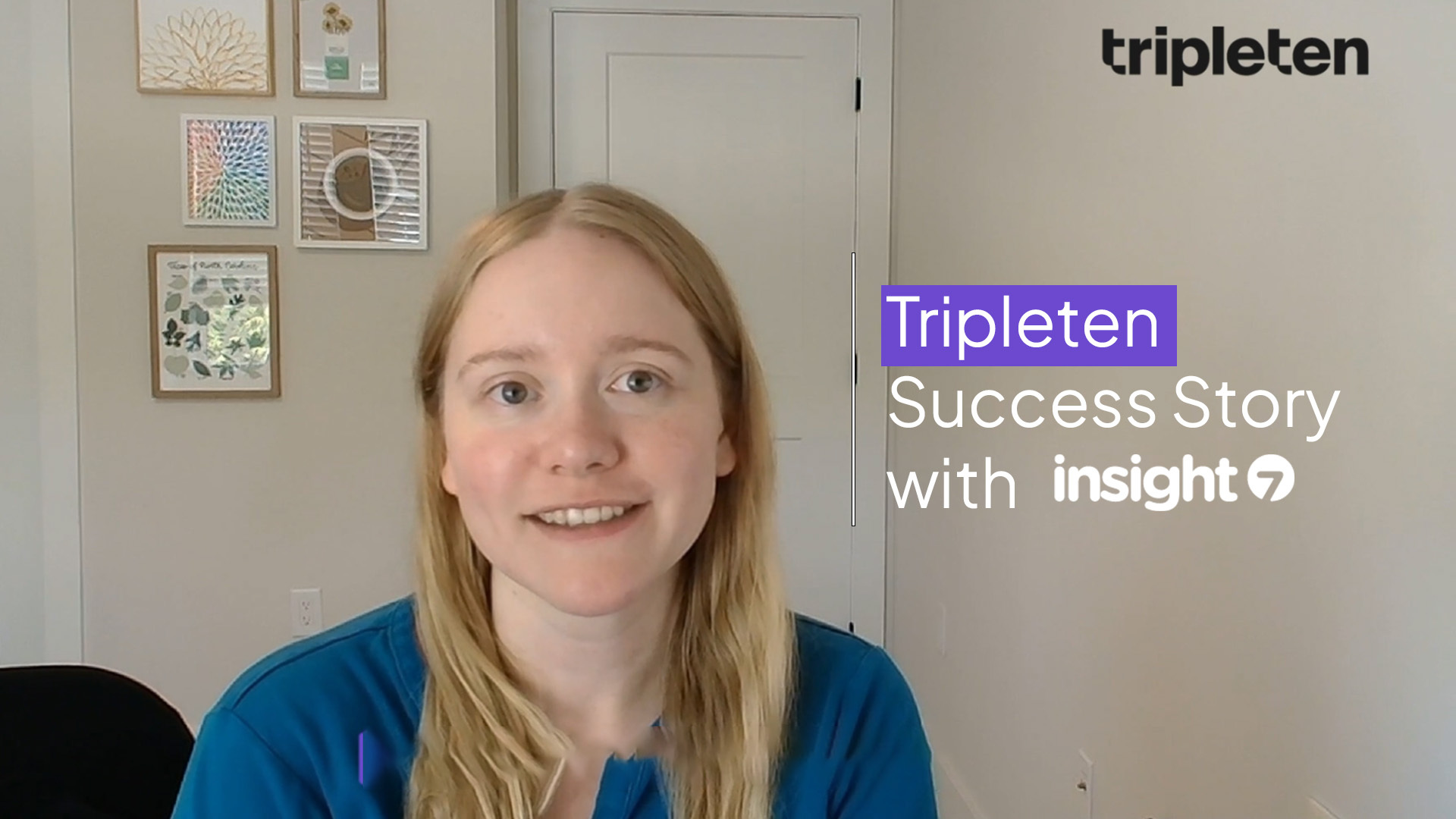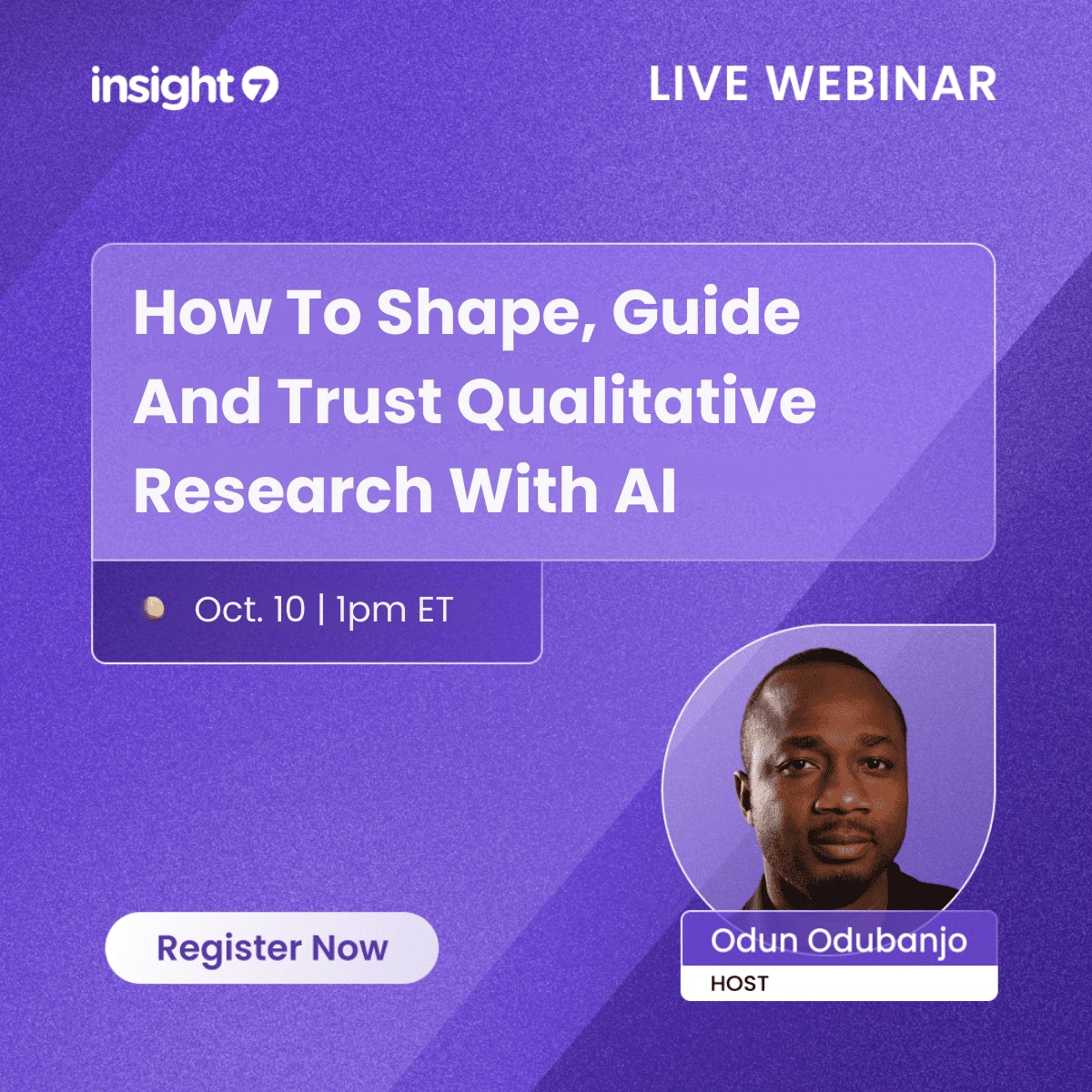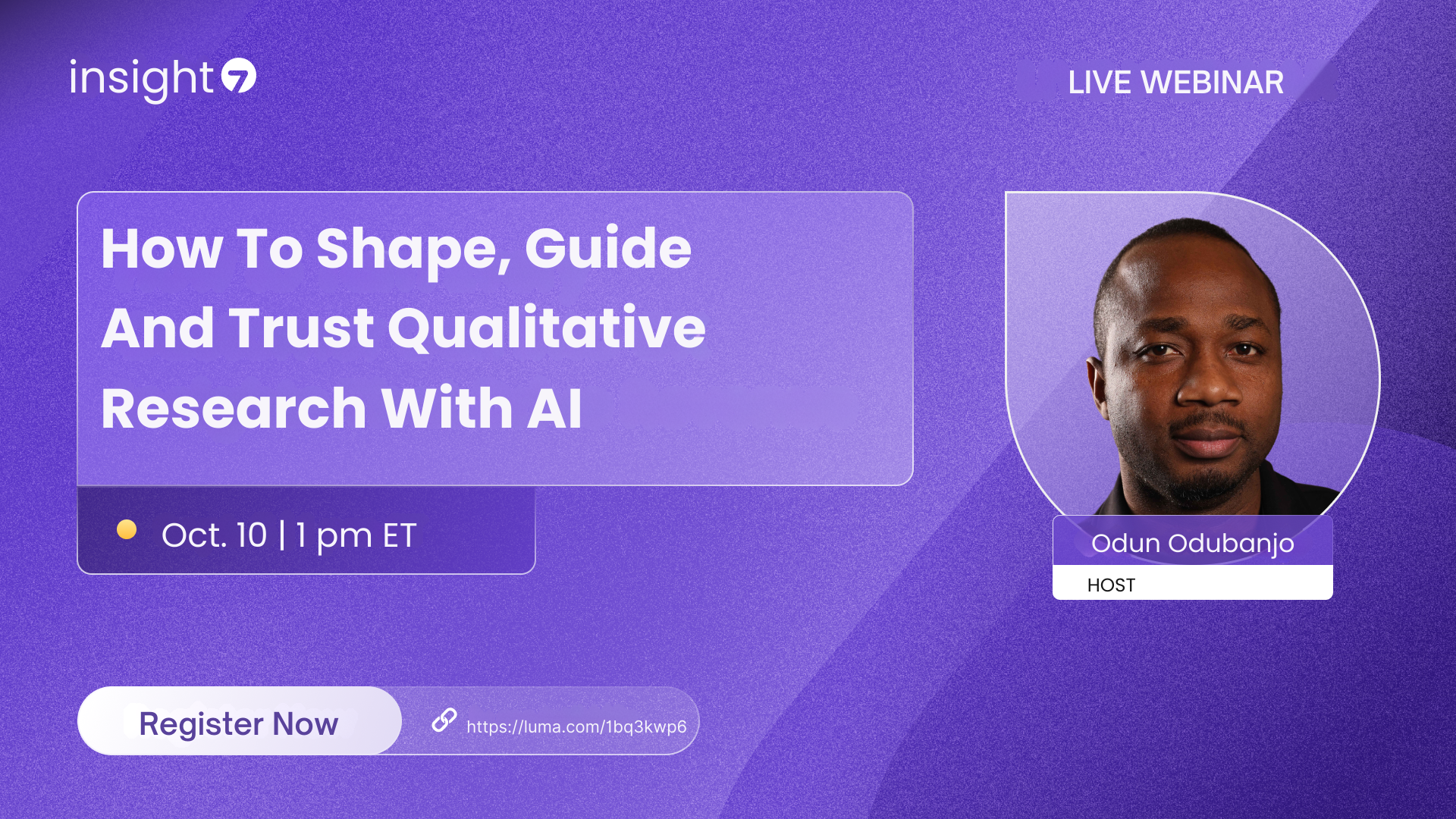How to Analyze Employee Collaboration Feedback
-
Bella Williams
- 10 min read
Collaboration Feedback Analysis is essential for fostering a productive workplace. Picture a vibrant team engaged in brainstorming sessions, where every voice matters. Capturing feedback on collaboration helps identify strengths and weaknesses, ultimately enhancing team dynamics. Effective analysis is about understanding what employees value in teamwork and where improvements can be made.
By examining collaboration feedback, organizations can gain insights into employee experiences. This process involves key metrics that reveal areas of confusion or conflict, allowing for informed adjustments to strategies and workflows. Engaging with feedback not only strengthens collaboration but also boosts overall morale and performance within the team.
Generate visualizations from your qualitative data. At Scale.

Importance of Effective Collaboration in the Workplace
Effective collaboration is essential in any workplace, as it fosters a positive environment where team members can share ideas and support each other's efforts. When employees feel comfortable collaborating, they are more likely to produce innovative solutions and contribute to the organization's overall success. Through collaboration feedback analysis, organizations can identify strengths and weaknesses in their collaborative processes, leading to targeted improvements.
Moreover, effective collaboration enhances communication and trust within teams. This interconnectedness promotes a culture of transparency and accountability, where individuals are more willing to collaborate and share feedback. By prioritizing collaboration and analyzing feedback, organizations can create an atmosphere that not only drives productivity but also encourages continuous learning and growth among employees. Ultimately, embracing the importance of collaboration paves the way for achieving collective goals and fostering a thriving workplace culture.
Understanding the Role of Collaboration Feedback
Collaboration feedback serves as a vital tool for fostering productive teamwork within any organization. Understanding its role can significantly enhance team dynamics and overall performance. Effective collaboration feedback highlights strengths, pinpoint weaknesses, and identifies areas for improvement. By critically analyzing this feedback, teams can gain valuable insights into how they interact and communicate with one another.
Moreover, collaboration feedback analysis encourages open dialogue among employees, creating a culture of transparency and accountability. When teams are encouraged to share their experiences, they not only contribute to individual growth but also foster a better understanding of collaborative processes. Recognizing patterns in feedback helps in formulating strategies to address common challenges. In this way, employees can leverage insights gained from collaboration feedback to enhance their contributions, ultimately leading to a more cohesive work environment.
Key Metrics for Collaboration Feedback Analysis
In analyzing collaboration feedback, identifying key metrics is crucial for driving meaningful improvements. These metrics provide insights into employee interactions, engagement levels, and overall effectiveness in teamwork. By examining quantitative data like participation rates and qualitative data such as sentiment analysis, organizations can gain a comprehensive understanding of their collaborative dynamics.
There are several essential metrics to consider. First, participation metrics reveal how actively team members engage in collaborative efforts. Next, sentiment analysis captures the emotional tone behind feedback, shedding light on team morale. Finally, outcome evaluation assesses the impact of collaboration on project success. By monitoring these key metrics, organizations can effectively navigate the nuances of collaboration feedback analysis, ensuring that they address potential challenges and promote a thriving workplace culture.
Evaluate Performance on Customer Calls for Quality Assurance.
Methods for Collaboration Feedback Analysis
Analyzing employee collaboration feedback is essential to understanding teamwork dynamics and improving workplace efficiency. To effectively conduct Collaboration Feedback Analysis, organizations can follow a structured method. This approach typically consists of four main steps: collecting feedback data, processing and categorizing feedback, utilizing tools and software, and interpreting feedback for actionable insights.
First, collecting feedback data involves using surveys, interviews, and observation to gather input from team members. Next, processing and categorizing feedback helps in identifying common themes and concerns. The third step includes utilizing various tools and software, which streamline the analysis process and enhance data visualization. Lastly, interpreting feedback is crucial, as it transforms raw data into meaningful insights that inform organizational strategies and foster a culture of collaboration. By employing these methods, businesses can effectively analyze collaboration feedback and make informed decisions that enhance teamwork and productivity.
Step-by-Step Guide to Analyzing Feedback
Analyzing feedback effectively is crucial for enhancing workplace collaboration. Begin by collecting feedback from various sources, such as surveys, interviews, and group discussions. This initial step ensures a comprehensive view of employee sentiments towards collaboration practices. Organize the feedback by identifying common themes, such as communication barriers or instances of successful teamwork. This categorization allows for a more focused analysis in subsequent steps.
Next, utilize appropriate tools and software to streamline the feedback processing. These tools can help transform raw data into insights, making the analysis more efficient. Once the data is processed, interpret the results to identify patterns affecting collaboration. Dive deeper into the feedback to uncover specific dimensions, such as how team dynamics impact overall productivity. Ultimately, the goal of this collaboration feedback analysis is to inform strategies that foster a more effective collaborative environment, driving both satisfaction and performance.
Step 1: Collecting Feedback Data
Collecting feedback data is the cornerstone of effective collaboration feedback analysis. This step is essential as it sets the groundwork for understanding how employees interact and work together within the organization. Begin by identifying the channels through which feedback will be collected; surveys, one-on-one interviews, and team meetings are all viable options. Each method provides unique insights and can help capture a diverse range of opinions.
Once the channels are established, ensure that the feedback is collected systematically and anonymously to encourage honesty. Aim to ask clear, open-ended questions that prompt detailed responses about collaboration practices, team dynamics, and any challenges faced. This thorough approach enriches the data quality, making the subsequent analysis more effective in identifying trends and areas for improvement. By diligently gathering feedback, organizations can cultivate a deeper understanding of their collaborative efficiency and employee satisfaction, laying the foundation for meaningful change.
Step 2: Processing and Categorizing Feedback
In Step 2: Processing and Categorizing Feedback, your goal is to transform raw employee collaboration feedback into structured information. Begin by gathering all feedback and scrutinizing it for common themes, patterns, and sentiments. This initial processing step helps in understanding the overall mood and areas needing attention. By segregating feedback into categories such as positive, negative, and neutral, you enable a clearer analysis of what works well and what requires improvement.
Next, develop criteria for categorizing the feedback. For instance, feedback can be organized by team dynamics, communication effectiveness, or project-related issues. This focused approach allows for precise insights into specific areas of collaboration. Once categorized, aggregate the data to identify trends, enabling you to prioritize areas for actionable changes. Ultimately, effective processing and categorization enhance your approach to collaboration feedback analysis, fostering a more productive and connected workforce.
Step 3: Utilizing Tools and Software
Utilizing tools and software effectively is crucial for streamlined collaboration feedback analysis. These digital platforms simplify the collection, organization, and interpretation of employee feedback. Users, regardless of technical proficiency, can seamlessly navigate these tools to extract valuable insights. For instance, features such as real-time transcription and intelligent categorization aid in pinpointing key themes and issues within collaboration efforts.
To maximize the benefits of these tools, focus on the following aspects:
- User-Friendly Interfaces: Opt for platforms designed for ease of use, making them accessible to all employees.
- Automated Insights Generation: Select software that automatically identifies pain points, desires, and behaviors from feedback data.
- Integration with Existing Systems: Ensure the tool can be integrated with tools already in use to maintain data consistency.
By employing the right software, organizations can enhance their collaboration feedback analysis, ultimately leading to improvements in workplace synergy and productivity.
Interpreting Feedback for Actionable Insights
Interpreting feedback effectively is crucial for generating actionable insights. It involves understanding the nuances within employee collaboration feedback, turning commentary into opportunities for improvement. By examining patterns in the feedback, organizations can identify strengths and weaknesses in their collaborative efforts. Analyzing recurring themes, whether positive or negative, helps establish a foundation for targeted actions.
To translate feedback into concrete steps, consider the following approaches:
- Theme Identification: Start by gathering all feedback and identify common themes. Are there persistent areas of concern or notable successes that employees highlight?
- Prioritizing Feedback: Assess which insights are most impactful. Focus on feedback that aligns with strategic goals or addresses prevalent issues within teams.
- Recommendation Development: Develop specific, measurable actions based on interpreted feedback. For instance, if communication issues are consistently mentioned, a training program may be warranted.
Engagement with employee feedback can foster a culture of continuous improvement in team dynamics.
Conclusion: Leveraging Collaboration Feedback Analysis for Improvement
Analyzing collaboration feedback is crucial for fostering a productive work environment. By systematically evaluating the feedback received, organizations can identify strengths and weaknesses in team dynamics. This analysis not only enhances communication but also empowers employees to contribute more effectively.
Moreover, translating feedback into tangible improvements requires a thoughtful approach. Investing in tools that streamline the feedback process can lead to better insights. Ultimately, prioritizing collaboration feedback analysis leads to sustained growth and a more engaged workforce, reinforcing the organization's commitment to continuous improvement.







